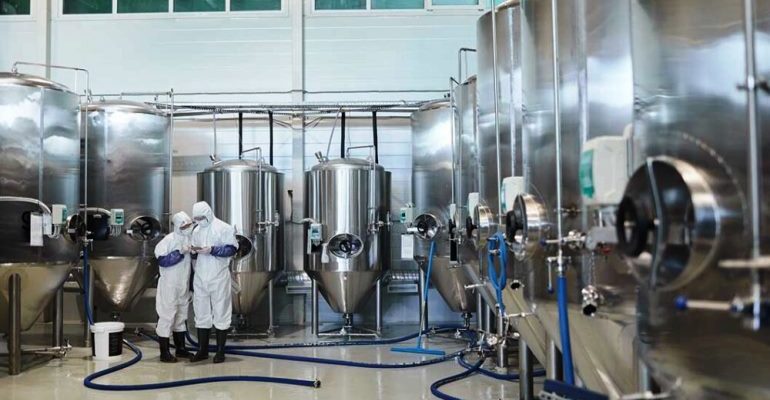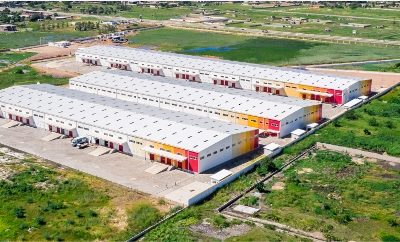Experts from nova-Institute, on behalf of the Renewable Carbon Initiative (RCI), have prepared a groundbreaking report. The finding is titled “Evaluation of Recent Reports on the Future of a Net-Zero Chemical Industry in 2050”. This study, which builds on RCI’s pioneering work in introducing the concepts of renewable carbon and defossilisation, provides a critical assessment of net-zero visions for the chemical and plastics industries.
RELATED: BT helps customers keep a lid on AI carbon emissions
The now released report evaluates available studies with net-zero 2050 visions and scenarios for chemicals or plastics. It focuses on overall growth and renewable carbon shares. After rigorous quality checks of available reports, 15 studies with a total of 24 scenarios were evaluated in regards to the relative contributions of non-fossil feedstocks and pathways projected for 2050.
Key Findings
Industry Growth Projections
The majority of global scenarios anticipate continued growth in the production of the chemical industry. The average annual growth rate of the global feedstock demand for the chemical or plastics industry is projected at 2.9% (range 2%-4%). This indicates a slight deceleration compared to 3-4% compound annual growth rate (CAGR) observed in recent decades. Studies differ on the extent to which this growth will be offset by efficiency gains along the value chain. Overall, this translates into an approximate 2.4-fold increase in global feedstock demand from the chemical industry by 2050 compared to 2020 levels.
Notably, growth patterns show significant geographical differences:
• Most of the growth is expected to take place outside of Europe,
• Feedstock volumes in Europe are predicted to remain stable through 2050
Renewable Carbon Shares
The analysis reveals a clear trend toward defossilisation. All scenarios include biomass and recycling as possible alternatives to replace fossil carbon. Two thirds also include carbon capture and storage (CCU). A complete defossilisation is considered in 10 of the 24 scenarios. The remaining studies expect a residual share of fossil carbon feedstocks. In those cases combine these processes with Carbon Capture and Storage (CCS).
For the entire chemical sector, the average feedstock shares of 16 scenarios across 9 reports are 22% biomass, 33% CCU, 20% recycling and 24% fossil & CCS (see Fig. 1)
For the plastics sector, 10 scenarios across 7 reports project shares of: 21% biomass, 17% CCU, 42% recycling and 19% fossil & CCS (see Fig. 2). Not surprisingly, the recycling rate for plastics is more than twice that of the chemicals sector as a whole. Plastics are easier to recycle and keep in circulation than other chemical products.
Implications for the Future
Despite variations in modelling approaches, assumptions and scope, the results of the studies agree on a common vision. This is that in a net-zero future, the chemical industry’s feedstock shifts dramatically away from fossil feedstocks. Biomass, CCU and recycling are consistently identified as the pillars of this transition and beyond, with recycled feedstock projected as the main source of carbon for plastics production (see Figures 1 and 2).
Uncertainties remain about the volume of chemical recycling due to current low technology readiness levels. The results clearly show that maximising carbon recovery and circularity of carbon can only be achieved by including and scaling chemical recycling.
This report provides invaluable insights for industry leaders, policymakers, and researchers working towards a net-zero future in the chemical sector. It highlights the urgent need for continued innovation and investment in renewable carbon technologies to meet the ambitious goals set for 2050.































